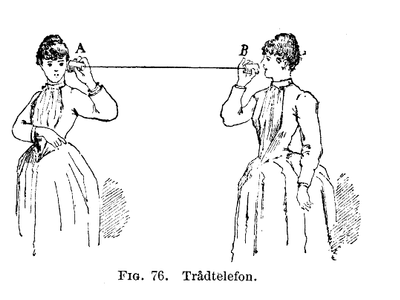I kursen ingår moment i
• olika teknisk utrustning för hantering av ljud, bild och transmission
• olika rumsliga aspekter
• hur människor kommunicerar i medierade miljöer.
Sista planerade examination: VT 2026
Avvecklingsbeslut:
Kursen avvecklas vid utgången av VT 2026 enligt fakultetsnämndsbeslut: J-2024-3116.
Beslutsdatum: 2024-12-10
Kursen gavs sista gången VT 2023. Sista möjlighet till examination i kursen ges VT 2026.
Omtentamen ges i ordinarie omtentamensperiod. Kontakta examinator för att bli examinerad på projekt (PROA) under avvecklingsperioden.

Kursomgångar saknas för aktuella eller kommande terminer.
Notera: all information från kursplanen visas i tillgängligt format på denna sida.
Kursplan DM2500 (HT 2025–)I kursen ingår moment i
• olika teknisk utrustning för hantering av ljud, bild och transmission
• olika rumsliga aspekter
• hur människor kommunicerar i medierade miljöer.
Efter kursen skall du kunna redogöra för vad som skapar förutsättningar för god kommunikation på distans, utifrån rumsliga förutsättningar, teknik och kommunikationskontext, för att kunna bidra till god kommunikation på distans som komplement eller alternativ till resor.
För fristående kursstuderande krävs 90 högskolepoäng varav 45 högskolepoäng inom matematik eller informationsteknik. Dessutom krävs engelska B eller motsvarande och svenska B eller motsvarande.
Kurser motsvarande de två första årskurserna på civilingenjörsprogrammet i Medieteknik.
Examinator beslutar, baserat på rekommendation från KTH:s handläggare av stöd till studenter med funktionsnedsättning, om eventuell anpassad examination för studenter med dokumenterad, varaktig funktionsnedsättning.
Examinator får medge annan examinationsform vid omexamination av enstaka studenter.
När kurs inte längre ges har student möjlighet att examineras under ytterligare två läsår.
Kursen är i huvudsak projektbaserad och förutsätter mycket arbete utanför schemalagd tid.
I denna kurs tillämpas EECS hederskodex, se:
http://www.kth.se/eecs/utbildning/hederskodex